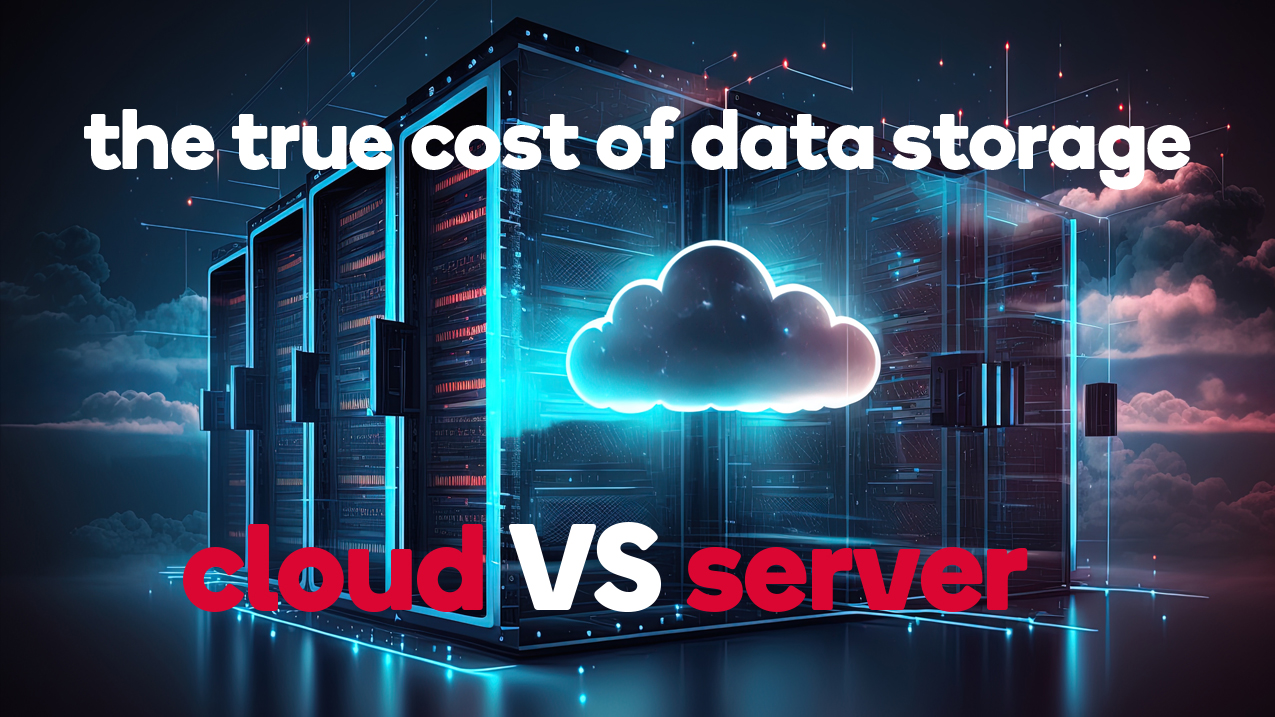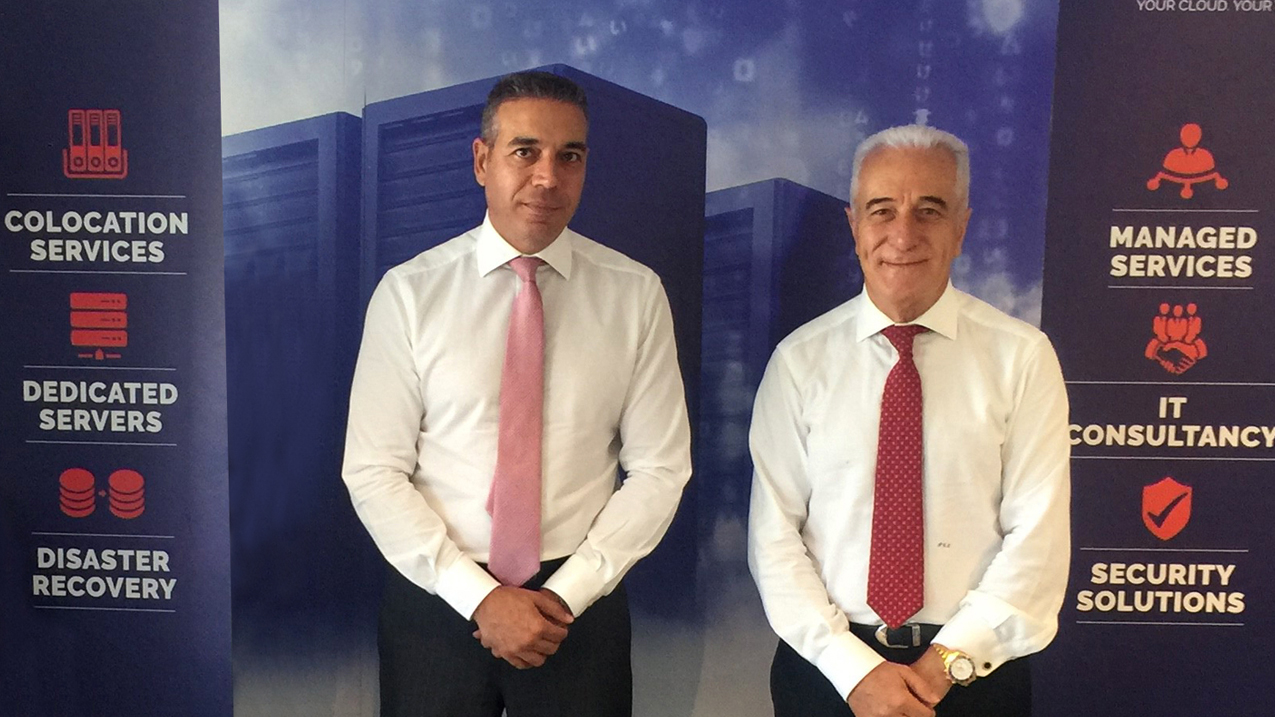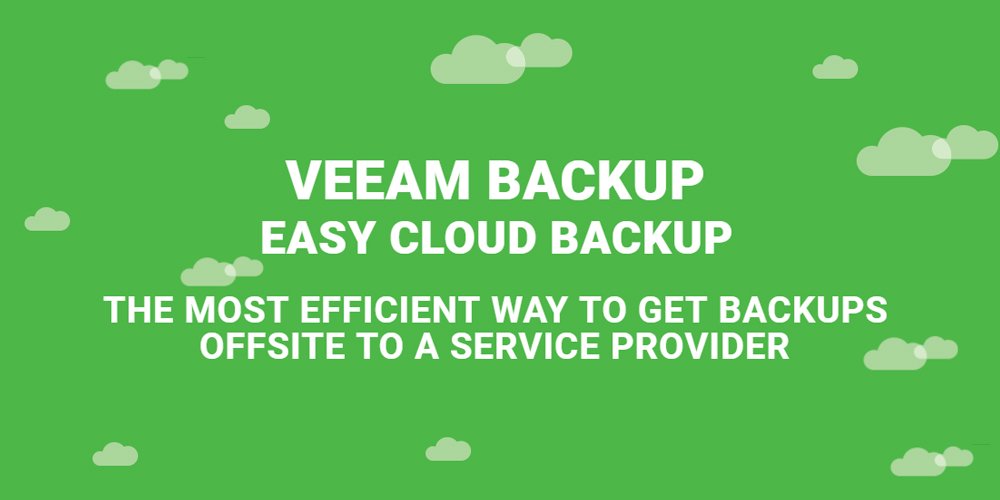Choosing the right IT infrastructure solution hinges on several factors, with cost being a major consideration.
Managers and accountants must weigh the financial implications of each option. In this article we will try to break down the basics about the cost-related benefits and drawbacks of both cloud storage and on-premises, helping you make an informed decision that supports long-term financial health.
In-House Servers: Potential Cost Savings and Direct Control
- Potentially Lower Long-Term Costs: For companies with consistent storage and compute needs or of smaller size, in-house servers may offer lower costs over an extended period compared to ongoing cloud subscription fees.
- Direct Control over Data: Companies have direct control (and responsibility) over their data security and physical location within the server infrastructure.
- High Upfront Investment: Companies must invest in hardware, software licenses, installation costs, and data backup solutions.
- Ongoing Maintenance Costs: Regular maintenance, hardware upgrades, and frequent software renewals add to the overall cost.
- Limited Scalability: Adding storage capacity requires purchasing additional hardware, leading to delays, potential overspending or with compatibility issues.
- Hidden Costs: Consider the cost of dedicated IT staff, office space for servers, and energy consumption, cooling the infrastructure or data recovery.
Cloud Storage: Flexibility and Predictable Costs
- Reduced Upfront Costs: Cloud storage and compute eliminates the need for significant upfront investments in hardware, software licenses, and IT infrastructure.
- Pay-As-You-Go Model: Companies only pay for the storage they use, offering greater cost control and eliminating wasted resources.
- Scalability on Demand: Cloud storage and compute allows companies to easily adjust storage capacity based on needs, avoiding unnecessary hardware purchases or unused space.
- Reduced IT Staff Costs: Cloud providers handle server maintenance, security updates, and troubleshooting, freeing up internal IT resources for other tasks.
- Potential Vendor Lock-In: Switching cloud providers can be complex and costly, potentially leading to higher long-term expenses.
- Online Security and compliance: Data centres are better equipped and staffed to locate, prevent and deter potential threats. GDPR data access and data mobility are also critical factors.
The Hot Point
Although managers and accountants may try to make the decision of ‘Cloud vs On-premise’ on a more purely cost-benefit analysis, they need to give extra consideration in the area of data security and the potential implications. Cyber-attacks, data loss, sensitive data, GDPR, and downtime are all factors that cannot be easily measured in a cost-benefit analysis but can sure give managers serious problems and headaches.
Choosing the Right IT infrastructure Solution
Both Cloud storage and in-house solutions offer advantages and disadvantages when it comes to cost. Cloud provides a more flexible and scalable solution with predictable monthly expenses. However, vendor lock-in, data security and access can be considerations if the data center you choose has ‘hidden terms’ in their agreement, or is not compliant with the latest regulations. In-house servers may offer potentially lower long-term costs and direct control over data, but require a significant upfront investment, ongoing maintenance expenses and are more risky in terms of physical and cyber security.
By carefully analysing your company’s data storage needs and budget, you can make an informed decision that optimizes your overall IT strategy.
Contact our expert team at CL8 to evaluate your data needs >
 +357 25 022900
+357 25 022900
 Email Us
Email Us











